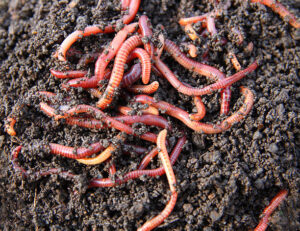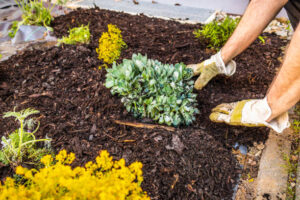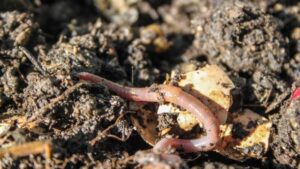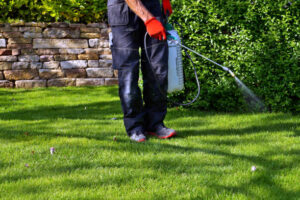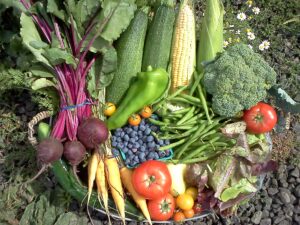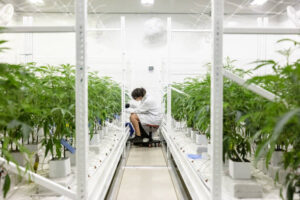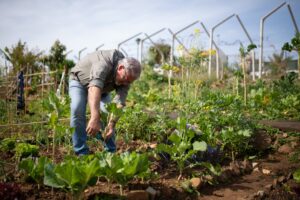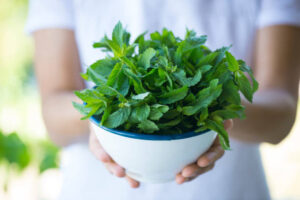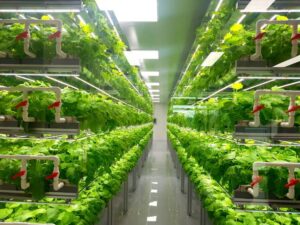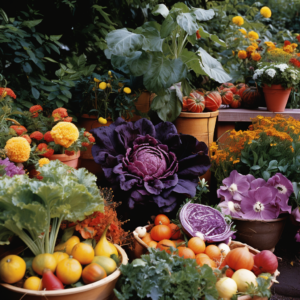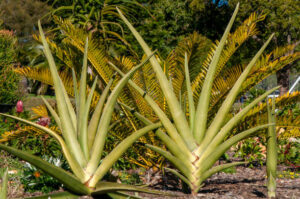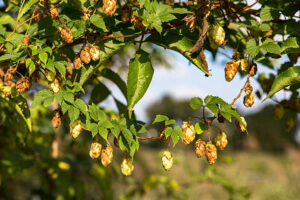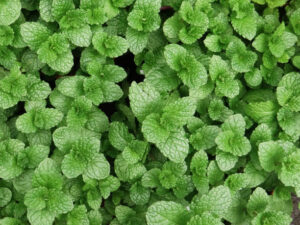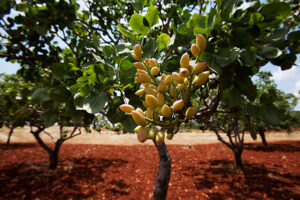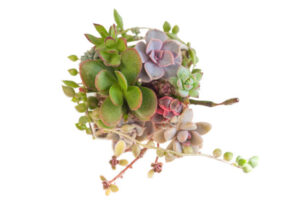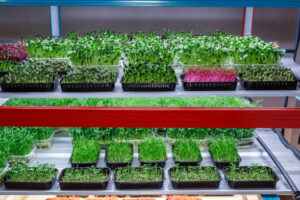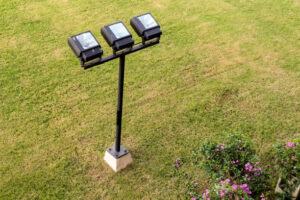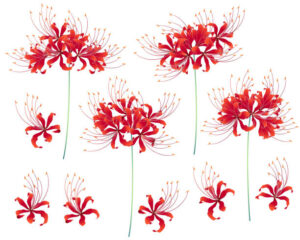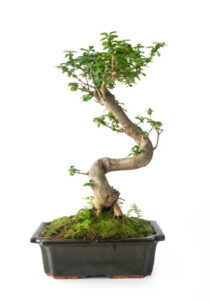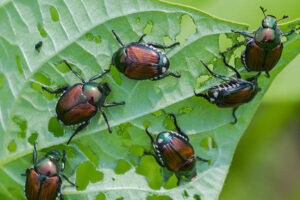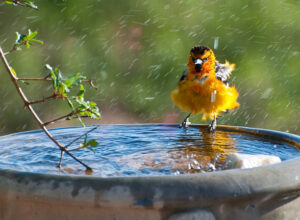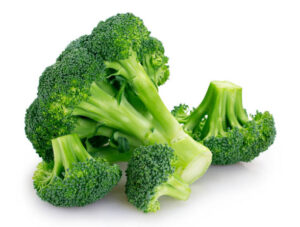Dealing with Septoria Leaf Spot: Identification and Treatment
Introduction
In the meticulous dance of cultivating a vibrant garden, plant diseases can often cast a shadow on the green expanse. One such unwelcome guest is Septoria leaf spot, a fungal disease that targets a variety of plants, most notably tomatoes. In this exploration of “Dealing with Septoria Leaf Spot: Identification and Treatment,” we unravel the nuances of this common affliction, providing you with the tools and knowledge to identify, manage, and prevent the spread of Septoria leaf spot in your garden sanctuary.
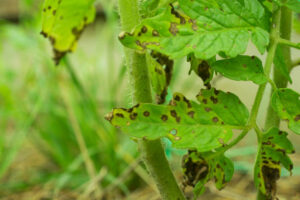
Identifying Septoria Leaf Spot: Recognizing the Culprit
Septoria leaf spot, caused by the fungus Septoria lycopersici, is a prevalent issue that affects plants belonging to the Solanaceae family, with tomatoes being particularly susceptible. The first signs often manifest as small, dark spots with a light center on the lower leaves. As the disease progresses, these spots enlarge, taking on a distinctive bullseye appearance. Yellowing of the surrounding tissue and premature leaf drop are common consequences, leading to a decline in plant health and reduced fruit production.

Understanding the Lifecycle of Septoria Leaf Spot: Breaking the Chain
To effectively combat Septoria leaf spot, it’s essential to comprehend its lifecycle. The fungus overwinters in infected plant debris, releasing spores during periods of high humidity or wet conditions. These spores, carried by splashing water or wind, land on healthy plants, initiating new infections. As the cycle repeats, the disease can rapidly spread, making preventive measures crucial in managing its impact.
Cultural Practices: Building a Resilient Defense
1. Proper Plant Spacing: Ensure adequate spacing between plants to promote air circulation, reducing humidity around the foliage and minimizing conditions favorable for Septoria leaf spot development.

2. Mulching: Apply a layer of organic mulch around the base of plants to prevent soil-borne spores from splashing onto leaves. This not only helps control Septoria leaf spot but also contributes to overall soil health.
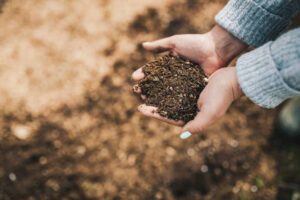
3. Watering at the Base: Water plants at the base rather than overhead to minimize wet foliage. Watering in the morning allows leaves to dry during the day, further discouraging fungal growth.
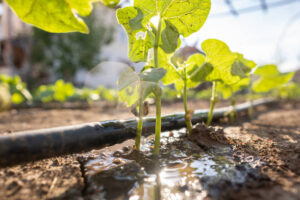
Fungicides: A Tactical Approach
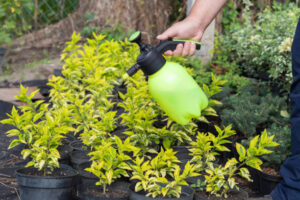
1. Copper-Based Fungicides: Copper-based fungicides, applied preventively, can help suppress the spread of Septoria leaf spot. However, their effectiveness diminishes once the disease is established.
2. Fungicides with Azoxystrobin: Fungicides containing azoxystrobin are effective against Septoria leaf spot and can be applied at the first signs of infection. Follow manufacturer guidelines for application frequency and dosage.
3. Organic Options: Neem oil and potassium bicarbonate are organic alternatives that may help manage Septoria leaf spot. While not as potent as chemical fungicides, they offer a more environmentally friendly approach.
Crop Rotation: Disrupting the Disease Cycle
Practicing crop rotation is a strategic maneuver to disrupt the lifecycle of Septoria leaf spot. Avoid planting tomatoes and other susceptible plants in the same location for at least two to three years. This minimizes the presence of overwintering spores in the soil, mitigating the risk of recurring infections.
Conclusion: A Holistic Approach to Septoria Leaf Spot
As you navigate the challenges posed by Septoria leaf spot, a holistic approach combining cultural practices, strategic fungicide use, pruning, and crop rotation becomes your arsenal for defense. By understanding the disease’s lifecycle and adopting preventive measures, you empower your garden to resist and recover from Septoria leaf spot. Vigilance, early intervention, and a commitment to overall plant health are the cornerstones of a resilient garden that withstands the test of fungal afflictions. In the delicate choreography of gardening, your knowledge and proactive efforts become the choreographer, ensuring a harmonious and thriving garden sanctuary.



